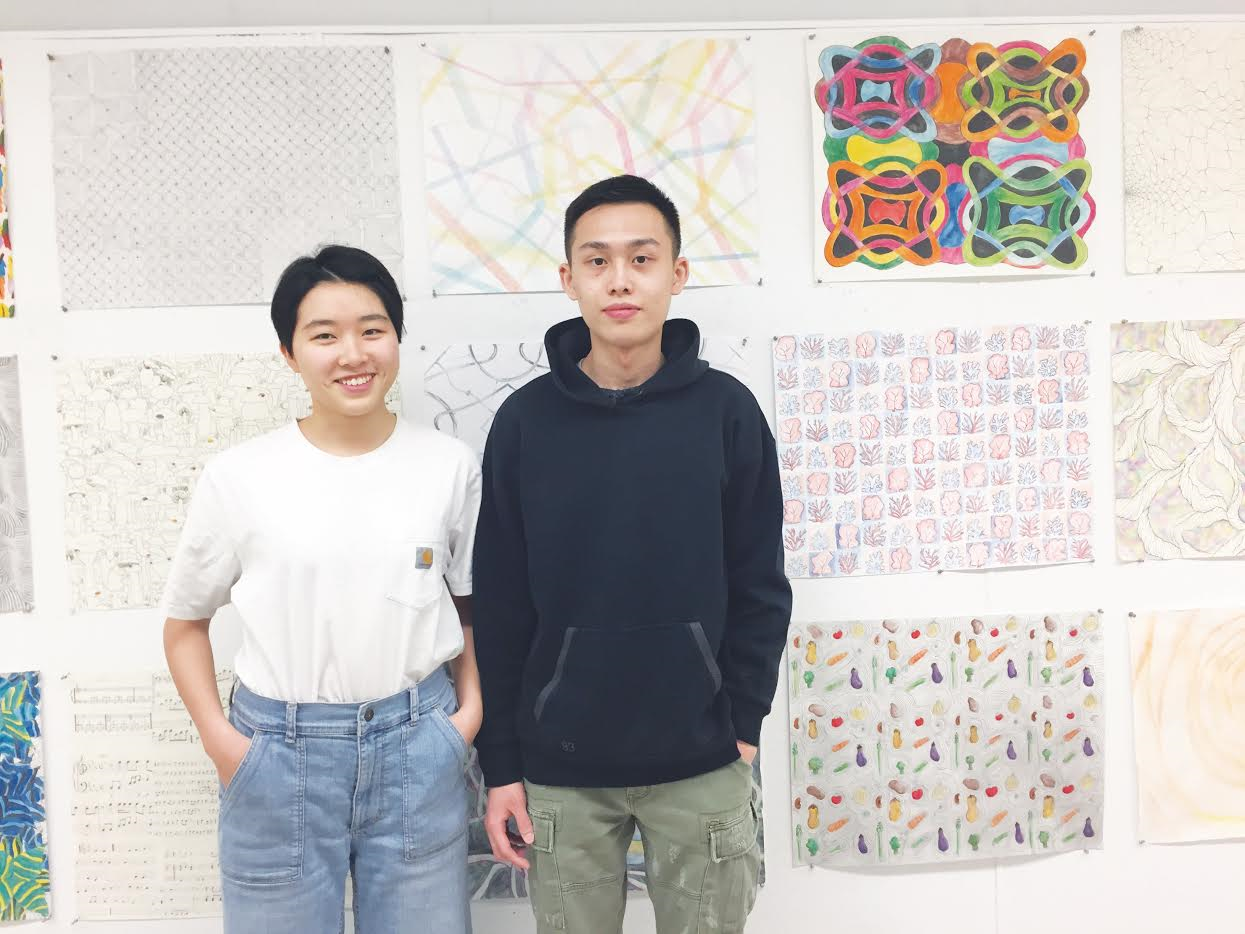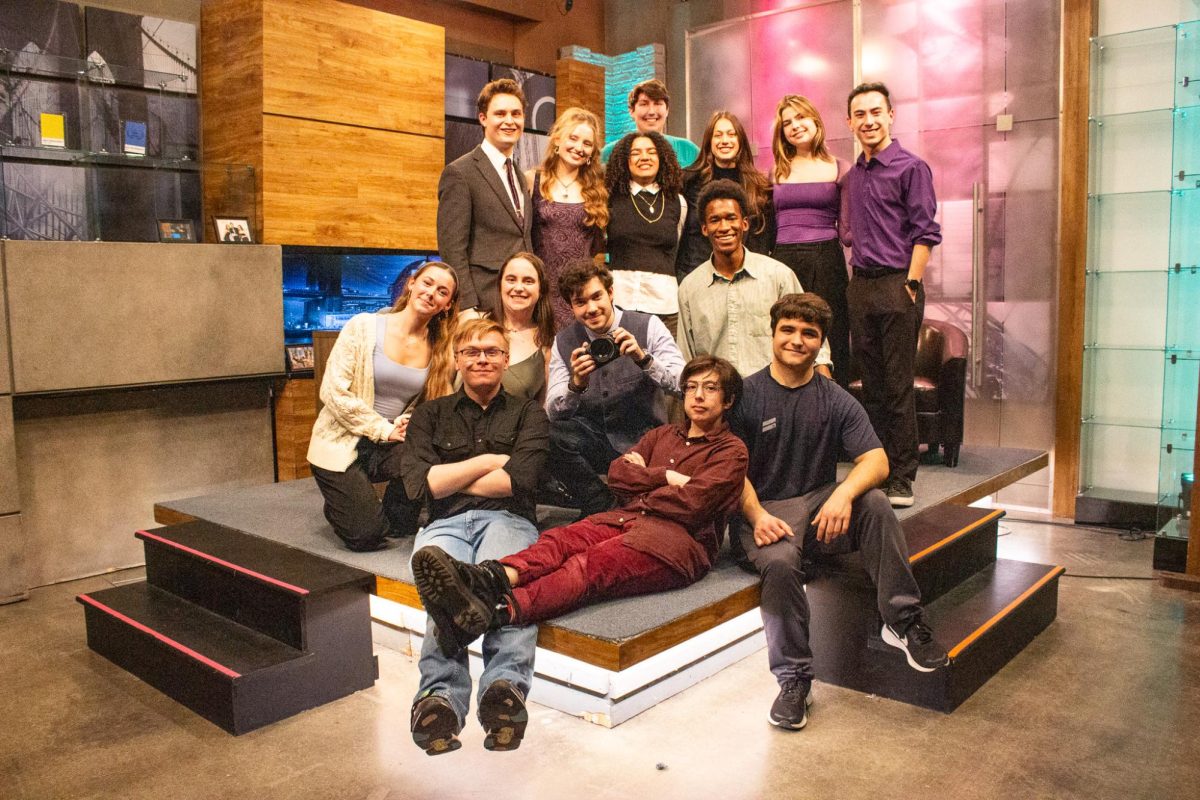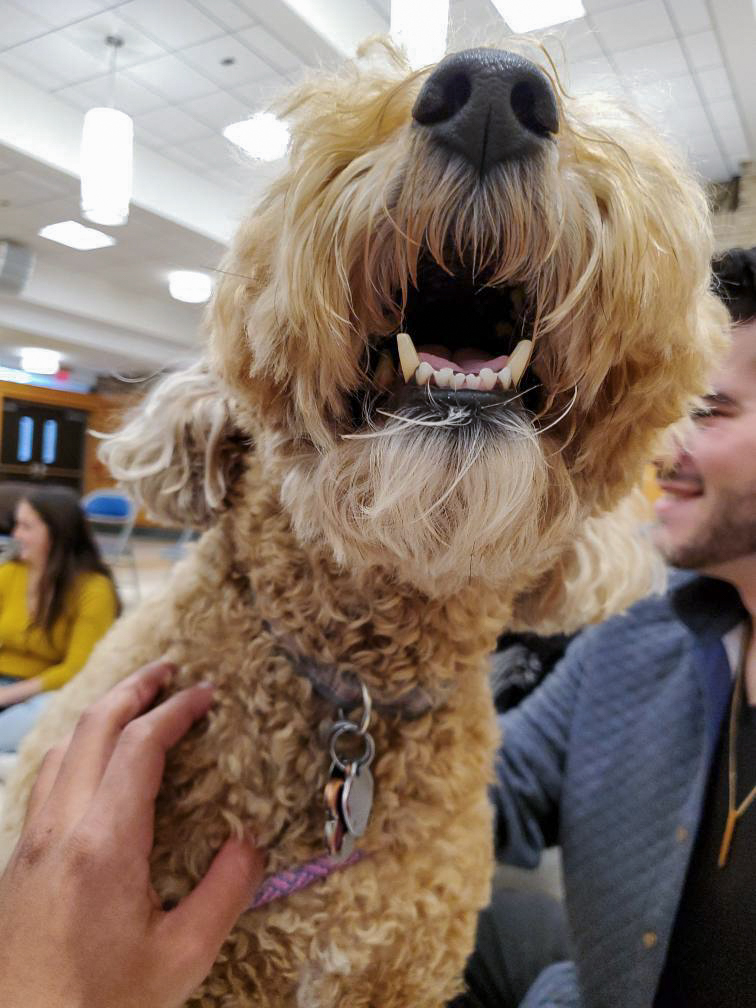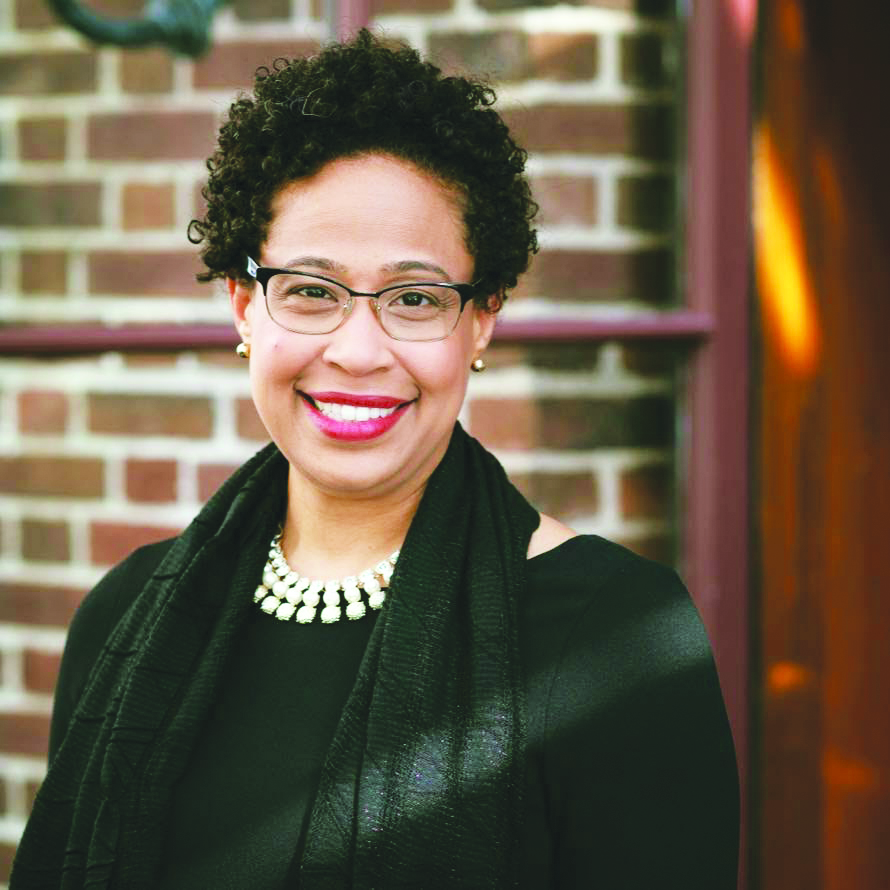Hofstra prides itself on diversity and inclusion, as it is home to over 1,300 international students from more than 70 countries. These students are required to go through several intricate screenings which include proficiency evaluations, standardized tests and certain prerequisite language requirements. Yet, even with a transitional mentorship program and extensive tutoring opportunities, language barriers continue to limit the potential of many international students.
Yingtian Wang, a second year design major from Sichuan, China, was initially a business major at Hofstra. He felt compelled to switch his major after he struggled to keep up with the professors’ jargon in his business classes.
“I think the university should offer more resources to international students,” Wang said. “There should be more tutors and Chinese speakers to help the international students fit in more, to not just be the outsiders.”
Wang said he continues to struggle in his design classes. “I’m trying, but it’s very hard.”

International students’ enrollment into the university is contingent on interviews, during which their English is assessed on a five level scale. If students are placed in the third level or below, they are considered less than proficient and enrollment is prohibited.
Yiwei Li, a third year fine arts major from China, passed the assessment and was admitted into the university; she said she still had a very hard time her first year.
“I really struggled with math and I didn’t know there was a math tutoring center. I didn’t try to find that because I didn’t know that American colleges had that. So, I just failed that class because I didn’t understand what that professor said and I didn’t find anyone who could help me in the class. I still regret that,” Li said.
Hofstra’s University Tutorial Program offers three tutoring styles categorized as “drop in,” “one on one” and “multi-person class and group.” Students must make an appointment with a tutor via TutorTrac on their portal. Certain classes such as some biology, chemistry, computer science and all physics/astronomy classes are only available as group tutoring sessions. For some courses, no tutors are offered.
According to Li, half the battle is just feeling comfortable in her classes. She admitted that she was extremely nervous to speak to her classmates and professors at first.
Li understands that other international students are struggling with similar issues.
“I hope there’s a way we can help them to not be so shy, to try to talk with their classmates, make English speaking friends and get out of their own circle of people who speak their mother language … I was so lonely the first year,” she said. It wasn’t until an American student opened up to Li and made her feel comfortable that Li’s confidence was restored.
That student was Brandi Kinard, a junior graphic design major who has since been taking steps toward resolving the assimilation problems many international students face.
“I have a lot of international friends and I often get approached with the questions ‘What did the professor just say?’ or ‘Can you explain that to me in a better way?’” Kinard said. “Since it’s been brought to my attention so many times, it just feels like I should do something about it.”
Kinard hopes to use her digital design skills to create an app that may provide a solution for these students. “I want to develop this app to help people navigate through unfamiliar territories where these struggles and deprivations are keeping them from effectively doing their work and living their life. Some of these struggles could be language barriers, culture shock and just not being familiar with the place and its norms,” Kinard said.
Assistant Vice President for Student Affairs Jean Peden Christodoulou has worked closely with International Student Affairs (ISA) and understands that students face issues when it comes to assimilating and becoming acclimated to a new culture.
She said, “In International Student Affairs, the staff there work[s] hard to provide students with opportunities for international students to interact with American students as often as possible to learn more about the culture and to practice more conversational English outside the classroom too.”
The Chronicle reached out to administrators from ISA for comment, but did not receive a response.
Professor Steven Kussin, an adjunct assistant professor of Radio, Television and Film, has had several international students throughout the years and has turned to alternative methods of teaching when English is not their first language.
“I tried to find out what services they could avail themselves, be it a student in the class who could work one-on-one with them, a tutor the university could provide or perhaps even a translator,” Kussin said.
Xiling Ye, a global studies and design major, goes to the Writing Center every time she is given a writing assignment.
“There are so many different specific [terms] in different fields used in different ways. So I think that’s a big issue as well as understanding all the specific meanings behind each term,” Ye said.
Nick Rizzuti, a junior publishing studies major and Writing Center employee said, “[International students] know they need to sometimes put in extra effort in order to have the same level of communication or to make things sound natural.”
Elizah Morales, a senior public relations major, also works in Hofstra’s Writing Center; she helps at least one international student each shift. Morales has helped students from various countries, including China, Haiti and Guatemala.
“When an international student comes in, they come in with the questions they know they want to ask; they come in very prepared,” Morales said. “I would say, if anything, they are some of the most organized students who come in here. With the language barrier, I think they come prepared for that reason.”
The distance from home, cultural differences and paperwork are only some of the challenges international students can face relocating to Hofstra. Those with different native languages face a battle to bridge the barrier that divides their first language and English, with hope that resources available on Hofstra’s campus will provide adequate support.












